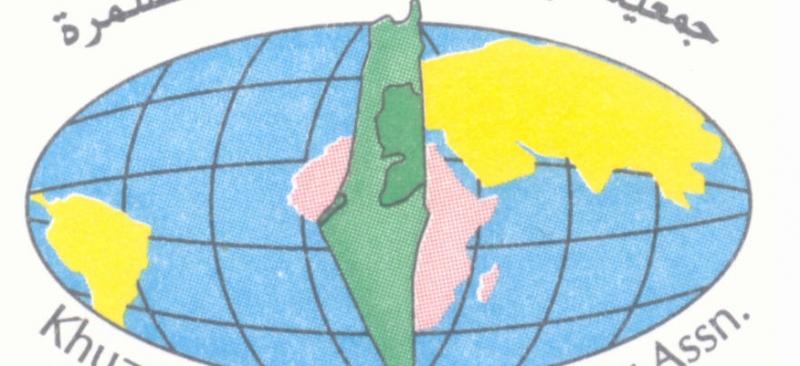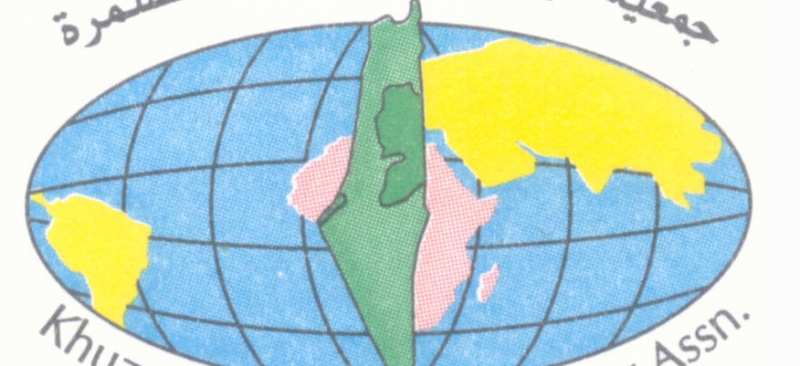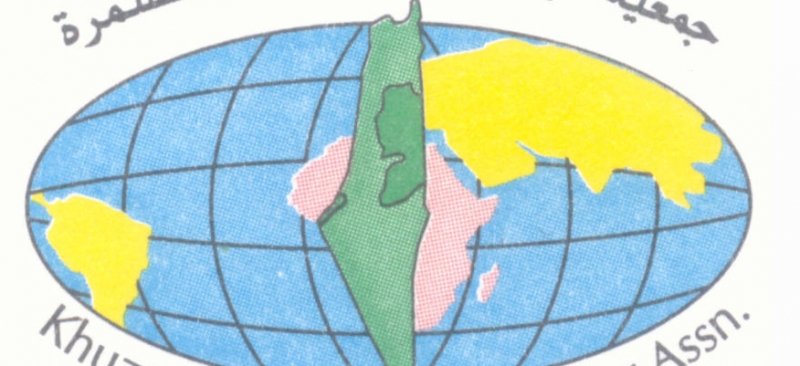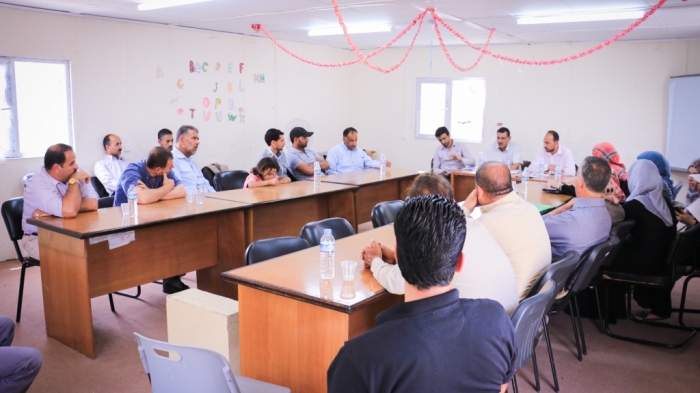Programs | Community development
Community development

Mulching
In agriculture and gardening, mulch is a protective cover placed over the soil, primarily to modify the effects of the local climate. A wide variety of natural and synthetic materials are used. The main purpose of mulch is to hold moisture, retard weeds, maintain even soil temperatures and provide a decorative appearance and exceeding product expectations, Mulch is used for various purposes: •to adjust soil temperature by helping soil retain more heat in spring and fall, and by keeping soil cool and evening out temperature swings during hot and variable summer conditions •to control weeds by blocking the sunlight necessary for germination •to retain water by slowing evaporation •to add organic matter and nutrients to the soil through the gradual breakdown of the mulch material •to repel insects •to incrementally improve growing conditions by reflecting sunlight upwards to the plants, and by providing a clean, dry surface for ground-lying fruit such as squash and melons. •for erosion control - protects soil from rain and preserves moisture •for sediment control - slows runoff velocity A variety of materials are used as mulch: •organic residues - grass clippings, leaves, hay, straw, shredded bark, whole bark nuggets, sawdust, shells, wood chips, shredded newspaper, cardboard, wool, etc. Many of these materials also act as a direct composting system, such as the mulched clippings of a mulching lawn mower. There are many differing opinions on what to use. •Compost - This relies on fully composted material, where potential weed seed has been eliminated, or else the mulch will actually produce weed cover. •Rubber mulch - Environmentally safe & secure; made from 100% recycled rubber. •Plastic mulch - Crops grow through slits or holes in thin plastic sheeting. This method is predominant in large-scale vegetable growing, with millions of acres cultivated under plastic mulch worldwide each year (disposal of plastic mulch is cited as an environmental problem). •Organic sheet mulch - Various products developed as a biodegradable alternative to plastic mulch. •Rock and gravel can also be used a mulch. In northern climates the heat retained by rocks will extend the growing season. The way particular organic mulch decomposes, and reacts to wetting by rain and dew; determine in great degree its effectiveness. Organic mulches can rot rapidly rather than slowly break down, and it can mat into a barrier that blocks water and air, both conditions that can be detrimental to crops. Living mulch may also be considered a type of mulch, or as a mulch-like cover crop. This technique involves under sowing a main crop with a fast-growing cover crop that will provide weed suppression and other benefits associated with mulch. Mulching is an important part of any no-dig gardening regime, such as practiced within permaculture systems.
Community development

Rainwater collection
Collect water in its most natural state - rain. Rainwater Collection and Harvesting can simply be described as channeling the rainwater in gutters and through piping into a storage tank for later use. We look for ways to incorporate rainwater system into the existing landscape. Rainwater harvesting is gaining in popularity as people learn more about the advantages of collecting water in its natural state. No need for water softeners to remove the minerals anymore. KPCA applied rainwater collection system on 20 houses and greenhouses' roofs linked by pipes and channeled to a central pool, thereafter, the water laboratoraly examined and re pumped to the owners of the houses to reuse it for the purposes of irrigation and cleaning. Key Benefits •Clean water - forget the frequent filter changes and necessary water treatment for well water. •Soft water without the water softener - no more salt. •Less challenge for septic systems. •Reduce or eliminate water bills. •Ever notice how plants grow better with rainwater?
Community development

Wastewater treatment
In many arid and semi-arid countries water is becoming an increasingly scarce resource and KPCA forced to consider any sources of water which might be used economically and effectively to promote further development. At the same time, with population expanding at a high rate, the need for increased food production is apparent. The potential for irrigation to raise both agricultural productivity and the living standards of the rural poor has long been recognized. Irrigated agriculture occupies approximately 17 percent of the world's total arable land but the production from this land comprises about 34 percent of the world total. This potential is even more pronounced in arid areas, such as the Near East Region, where only 30 percent of the cultivated area is irrigated but it produces about 75 percent of the total agricultural production. In this same region, more than 50 percent of the food requirements are imported and the rate of increase in demand for food exceeds the rate of increase in agricultural production. Whenever good quality water is scarce, water of marginal quality will have to be considered for use in agriculture. Although there is no universal definition of 'marginal quality' water, for all practical purposes it can be defined as water that possesses certain characteristics which have the potential to cause problems when it is used for an intended purpose. For example, brackish water is marginal quality water for agricultural use because of its high dissolved salt content, and municipal wastewater is marginal quality water because of the associated health hazards. From the viewpoint of irrigation, use of'marginal' quality water requires more complex management practices and more stringent monitoring procedures than when good quality water is used. This publication deals with agricultural use of municipal wastewater, which is primarily domestic sewage but possibly contains a proportion of industrial effluents discharged to public sewers. Expansion of urban populations and increased coverage of domestic water supply and sewerage give rise to greater quantities of municipal wastewater. With the current emphasis on environmental health and water pollution issues, there is an increasing awareness of the need to dispose of these wastewaters safely and beneficially. Use of wastewater in agriculture could be an important consideration when its disposal is being planned in arid and semi-arid regions. However it should be realized that the quantity of wastewater available in most countries will account for only a small fraction of the total irrigation water requirements. Nevertheless, wastewater use will result in the conservation of higher quality water and its use for purposes other than irrigation. As the marginal cost of alternative supplies of good quality water will usually be higher in water-short areas, it makes good sense to incorporate agricultural reuse into water resources and land use planning. Properly planned use of municipal wastewater alleviates surface water pollution problems and not only conserves valuable water resources but also takes advantage of the nutrients contained in sewage to grow crops. The availability of this additional water near population centers will increase the choice of crops which farmers can grow. The nitrogen and phosphorus content of sewage might reduce or eliminate the requirements for commercial fertilizers. It is advantageous to consider effluent reuse at the same time as wastewater collection, treatment and disposal are planned so that sewerage system design can be optimized in terms of effluent transport and treatment methods. The cost of transmission of effluent from inappropriately sited sewage treatment plants to distant agricultural land is usually prohibitive. Additionally, sewage treatment techniques for effluent discharge to surface waters may not always be appropriate for agricultural use of the effluent. Many countries have included wastewater reuse as an important dimension of water resources planning. In the more arid areas of Australia and the USA wastewater is used in agriculture, releasing high quality water supplies for potable use. Some countries, for example the Hashemite Kingdom of Jordan and the Kingdom of Saudi Arabia, have a national policy to reuse all treated wastewater effluents and have already made considerable progress towards this end. In China, sewage use in agriculture has developed rapidly since 1958 and now over 1.33 million hectares are irrigated with sewage effluent. It is generally accepted that wastewater use in agriculture is justified on agronomic and economic grounds but care must be taken to minimize adverse health and environmental impacts. The purpose of KPCA is to provide countries with guidelines for wastewater use in agriculture which will allow the practice to be adopted with complete health and environmental security.




